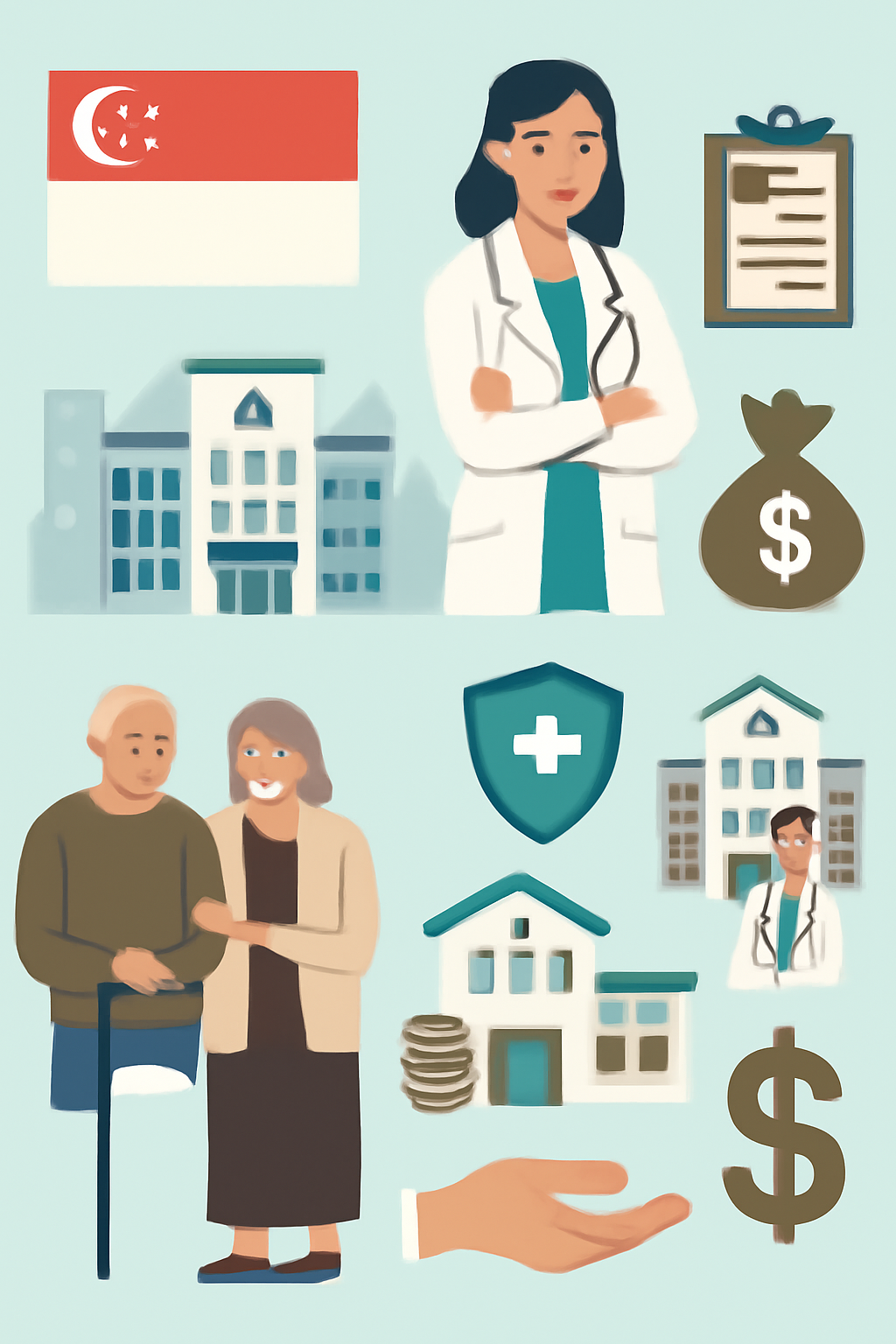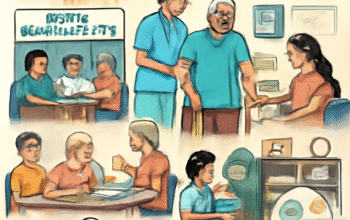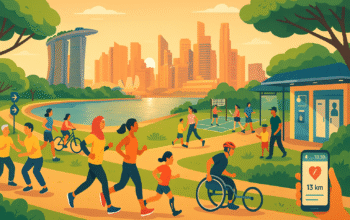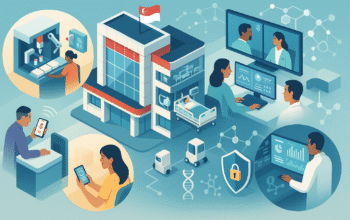Singapore’s healthcare system has become a point of reference for many countries, praised for its efficiency, affordability, and quality. With a mix of both public and private healthcare, Singapore has developed a system that places significant responsibility on the individual while ensuring that government policies remain supportive and equitable.
The cornerstone of the Singapore healthcare system is its “3M” framework—Medisave, Medishield Life, and Medifund. Medisave is a mandatory savings account where citizens allocate a portion of their income for healthcare expenses. This encourages individuals to take personal responsibility for their health while ensuring they are financially prepared for future medical needs. Medishield Life is a basic health insurance policy that covers large medical bills, and Medifund is a means-tested program that assists those who cannot afford care even with insurance coverage.
Singapore’s healthcare system is heavily supported by the public sector. Government-run hospitals and clinics offer subsidized healthcare services to all citizens, with pricing kept affordable despite high quality. These public facilities ensure that every individual, regardless of income, has access to healthcare. In addition to the public sector, private healthcare providers deliver specialized care, catering to those who can afford it and offering a more personalized patient experience.
A unique characteristic of the healthcare system is the emphasis on individual responsibility. By encouraging people to use their Medisave or Medishield Life before turning to government assistance, the government reduces the strain on public resources. This is a key factor in maintaining the system’s sustainability. The approach aims to provide a balance between personal savings and government aid, reducing the overall financial burden on taxpayers.
However, Singapore’s healthcare system does face some challenges. The country’s aging population is one of the most pressing concerns. As people live longer, there is a growing demand for healthcare services, particularly for chronic conditions and long-term care. This demographic shift is expected to place greater pressure on the system, both in terms of costs and resources. Although the government has implemented various measures to support the elderly, including subsidies for senior citizens, the rising cost of healthcare presents a continuing challenge.
Furthermore, the disparity between public and private healthcare services is another challenge. While public hospitals offer excellent care at affordable rates, private healthcare facilities often provide more advanced treatments and personalized services, creating a gap in service delivery. Those who are wealthy can access superior care, potentially leading to inequalities in health outcomes.
Despite these challenges, Singapore’s healthcare system remains a model of efficiency and equity. The government’s proactive policies, coupled with the system’s emphasis on personal responsibility and innovation, have created a healthcare environment that delivers high-quality services to all citizens. The evolution of the system will likely continue to focus on addressing the needs of an aging population while ensuring that the healthcare system remains financially sustainable.




